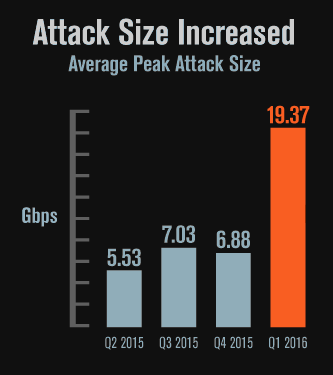Arrows Group was founded in 2003 in the UK by James Parsons and Adrian Treacy. The company provides staffing solutions for clients who require professionals with specialized IT skills. More specifically, they help with onboarding new specialists, pay rolling and redeployment. The have vast reach in terms of leads and potential technical consultants through years of experience in recruiting.
Our focus for the digital transformation project is on the Amsterdam division. We were fortunate enough to have an extensive interview with Ms. De Rooy (CareCon Team Leader), who explained her main points with the current IT systems.
Currently, Arrows Group operates using 5 software systems, that each serve independent functions within the business. The identifiable issue that Ms. De Rooy highlighted is that none of these systems are integrated, which means that many of the tasks she performs are done manually and often have to be repeated (to ensure consistent data throughout the different software systems), thereby wasting time and causing frustration. Additionally, and as indicated in the interview, it is an extensive and difficult process to have any IT process changed within the business. The IT department is reluctant to consider unsubstantiated suggestions, even if the problem is a heavy burden for employees. Based on this, it can be concluded that IT merely serves a supplementary function within the business and that there is an overall misalignment between the IT and Business strategies.
The novel solution that we suggested in our report, is for Arrows Group to employ Salesforce as a CRM and SFA platform that can integrate all software into one platform, in order to reduce redundant tasks. We applied Luftmans model to discuss how Salesforce could help improve the scope & architecture of the IT systems. For the implementation plan, we used the same model in order to discuss how “Skills, IT Governance and Communication” areas within Arrows Group need to be adjusted in order to successfully implement the new technology. As the model states, a new innovative technology cannot be implemented in isolation without the support of the entire organization as well as the right IT governance. This project should provide Arrows Group with a good foundation for a successful systems migration to a novel technology that can align the company’s business and IT structures.
Group 87
Derek Loots
Christian Moesby
Silas Voerman
Kristian Voldrich



